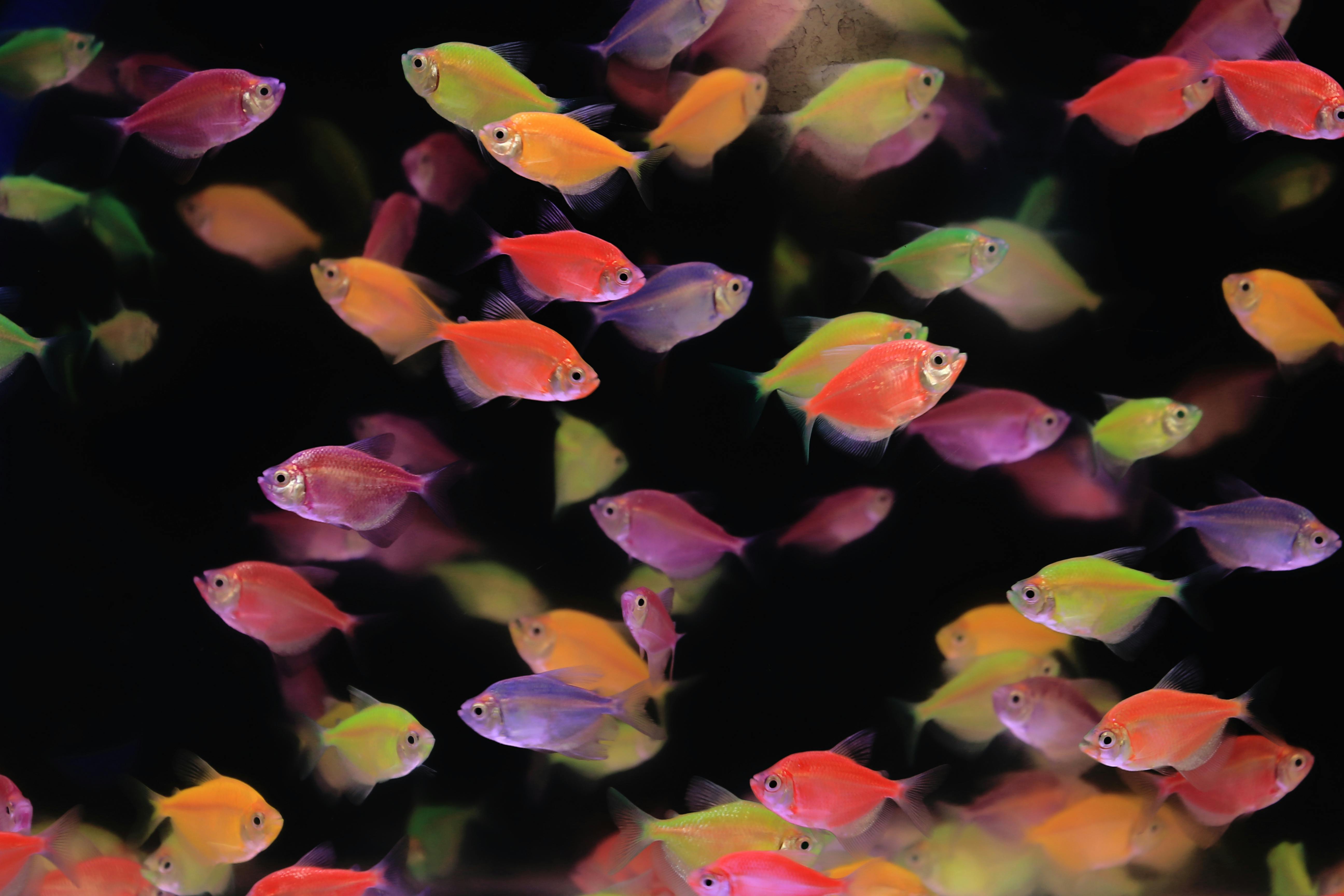
Essential Guide to Floating Aquarium Plants for a Beautiful 2025 Aquarium
Floating aquarium plants play a crucial role in enhancing the aesthetics and ecological balance of your fish tank. As we embrace 2025, the desire for a vibrant, eco-friendly aquarium leads many enthusiasts to incorporate **floating aquatic plants** into their setups. Not only do these plants beautify your aquarium, but they also promote a healthy environment for fish and other aquatic life. Let's dive into an essential guide on **floating aquarium plants** and discover their benefits, types, and care tips.
Benefits of Floating Aquarium Plants
Integrating **floating aquarium plants** into your tank offers several benefits, ranging from aesthetic appeal to ecosystem balance. These plants, by providing shade, help in **maintaining water quality** by absorbing excess nutrients, thus preventing algae blooms. Moreover, they serve as natural habitats for fish, contributing to their health and happiness. Another significant advantage is their role in enhancing oxygen levels in the water, which is vital for fish survival.
The Role of Floating Plants in Water Quality Improvement
**Floating plants for aquariums** play a pivotal role in water quality management. They absorb nitrates and phosphates from the water, essential steps in **nutrient cycling with floating plants**. Plants like **duckweed** and **water hyacinth** efficiently stabilize the nitrogen cycle, reducing harmful toxins and fostering a healthier aquatic environment. Having such plants not only improves water quality but also promotes a cleaner aquarium, relieving the burden on mechanical filters and enhancing fish health.
Enhancing Aesthetic Appeal with Floating Plants
Choosing colorful **floating aquarium vegetation** can dramatically transform your fish tank, infusing it with vibrant colors. Plants such as **red root floater** and **Amazon frogbit** not only beautify your aquarium but also create a stunning visual texture. Using **floating plants for freshwater aquariums** can simulate a natural ecosystem, resulting in a visually captivating aquarium landscape that promotes healthy fish behaviors.
Floating Plants as Natural Habitat
**Floating aquarium plants** provide a haven for various aquatic species, particularly fry and timid fish. These plants offer shelter from **predatory fish** while mimicking natural environments. For example, **water lettuce** and **Amazon frogbit** can create a protective micro habitat, making them fantastic choices for fish breeding setups. Additionally, floating plants can help maintain fish diversity, offering shelter to smaller or less bold species.
Popular Types of Floating Aquarium Plants
When selecting **the best floating plants for aquariums**, various species cater to diverse needs and aesthetics. Some plants are better suited for beginners, while others may require advanced care and conditions. Understanding different types of floating plants can soon lead to a wonderful aquascaping experience. Here are some popular floating aquatic plants to consider:
Top Floating Plant Species for Beginners
For those entering the world of aquarium care, some **easy-care aquarium plants** are perfect for your setup. **Duckweed** is renowned for its fast growth and ability to thrive in a range of conditions, making it a top choice among new aquarists. Additionally, **water lettuce**, with its rosette leaves, provides an elegant look while helping maintain **oxygen levels** in your aquatic environment. These plants require minimal maintenance, making them ideal for beginners.
Advanced Floating Plant Varieties
For more experienced aquarists, the challenge of maintaining species like **Salvinia** or **floating pennywort** can be an exciting endeavor. Salvinia can grow under various light conditions and has excellent **nutrient absorption** abilities, despite its delicate appearance. On the other hand, **floating pennywort** can also thrive in aquariums with higher fish populations, offering a unique habitat that nurtures a diverse aquatic life.
Choosing the Right Floating Plant for Your Aquarium
When selecting from the various **floating aquatic plant species**, consider their compatibility with existing tank conditions, such as pH and temperature levels. It's essential to understand fish behavior when mixed with plants, as certain species may require a balance to prevent potential issues. For example, some fish species may nibble on specific plants, potentially affecting growth rates. Researching compatibility will allow you to create a harmonious aquarium ecosystem.
Floating Plants Care and Maintenance Tips
To keep your **floating aquarium plants** thriving, understanding the care and maintenance they require is essential. From monitoring light conditions to ensuring proper nutrient levels, effective maintenance will enhance their growth and ensure a flourishing aquatic space. Let’s examine some practical care tips.
Light Requirements for Floating Plants
Proper lighting is a critical factor for the successful growth of **floating plants**. Many of these plants thrive in moderate to high lighting conditions. **Optimal plant lighting** helps facilitate photosynthesis and promotes healthy growth rates. Fluorescent or LED lights are great options for aquariums. Balance light levels to avoid overexposure, which can lead to unwanted algae growth.
Understanding Nutrient Needs
Floaters like **Java moss on floating rafts** greatly benefit from adequate nutrients, which help accelerate their growth. Maintaining appropriate levels of plant-safe fertilizers can significantly enhance their resilience and avoid common issues. Aquarists should regularly test their water for critical nutrient components, enabling proper **aquarium plant fertilization strategies** and promoting vibrant plant life.
Managing Plant Growth and Propagation
Floating plants often experience rapid growth, requiring routine management and propagation techniques for ideal tank conditions. Regular pruning can facilitate healthier growth and prevent overcrowding, as overly dense vegetation can disrupt the aquatic ecosystem. Effective **floating plant propagation techniques**, such as separating and replanting, can help maintain space without sacrificing plant health. Keeping a careful eye on your plants also ensures they don’t damage essential floating aquatic environments.
Key Takeaways
- Floating aquarium plants enhance aesthetics and improve water quality.
- Understanding different types and their maintenance needs is critical for success.
- Regular pruning and nutrient management promote a healthy ecosystem.
- Integrating compatible species ensures a harmonious aquarium environment.
- Floating plants play an essential role in fostering fish health and habitat.
FAQ
1. What are the best floating plants for aquariums?
The best floating plants for aquariums include **duckweed**, **water lettuce**, and **Amazon frogbit**. These species are renowned for their ease of care, oxygenating properties, and compatibility with various fish species.
2. How do floating plants contribute to aquarium health?
**Floating plants** help maintain water quality by absorbing excess nutrients, thereby preventing algae growth. They also provide essential habitats for fish, contributing to their overall well-being and promoting a balanced ecosystem.
3. Can floating plants be integrated into a tank with fish?
Yes, floating plants can be integrated into fish tanks. It's important to choose **compatible plants for aquariums** that won't negatively impact fish behavior. Many floating plants, such as **water hyacinth** and **Java moss**, coexist well with various fish species.
4. What care tips should I follow for floating plants?
Key care tips for floating plants include providing balanced lighting, ensuring appropriate nutrient levels, and managing growth through regular pruning. Maintaining these elements will ensure a healthy aquatic environment for both plants and fish.
5. What's the role of floating plants in fish breeding setups?
In fish breeding setups, **floating plants** provide shelter for fry and protection from potential predators, promoting a safe environment for newly hatched fish. They also improve water quality, making them a great addition to breeding tanks.
6. Are floating plants low-maintenance?
Many **floating plants** like **duckweed** and **water lettuce** are low-maintenance, making them suitable for beginners. With appropriate care practices, they can thrive with minimal effort while enhancing aquarium beauty.
7. How do I prevent issues with floating plants?
To prevent common issues with floating plants, monitor their growth regularly, manage nutrient levels, and ensure adequate lighting conditions. Careful maintenance will promote thriving plants and a balanced aquarium ecosystem.

